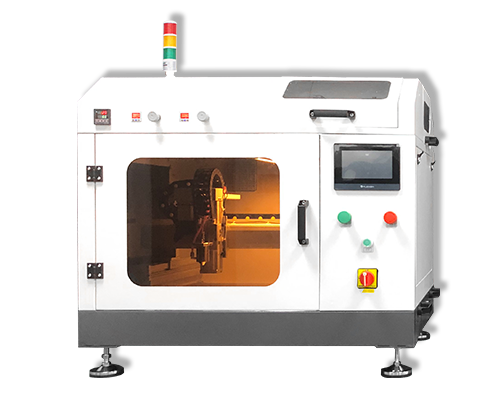Fuel Cell Membrane Electrode Technology
Fuel Cell Membrane Electrode Technology – Catalyst Coating – Cheersonic
The membrane electrode and the bipolar plates on both sides constitute the basic unit of the fuel cell. The membrane electrode is the core component of the fuel cell stack. As the place where the chemical reaction occurs, it is composed of a catalyst, a gas diffusion layer, and a proton exchange membrane. The membrane electrode assembly is made by placing two carbon fiber paper electrodes sprayed with Nafion solution and Pt catalyst on both sides of the pretreated proton exchange membrane, making the catalyst close to the proton exchange membrane, and molding at a certain temperature and pressure.
Catalyst
In a fuel cell, the catalyst acts to decompose hydrogen and oxygen for an electrochemical reaction to generate an electric current. The current commercial catalysts are platinum-carbon catalysts, and the high cost of the rare metal platinum is one of the main obstacles to the commercialization of fuel cells.
Proton Exchange Membrane
The proton exchange membrane is at the end of the organic fluorine chemical industry chain. The upstream is the monomer material of the organic fluorine chemical, and the downstream is the chlor-alkali industry, fuel cell, electrolyzed water, energy storage battery and other application fields based on the proton exchange membrane. The proton exchange membrane is the core component of the fuel cell. The membrane thickness, chemical stability, and proton conductivity directly affect the overall performance of the fuel cell, so there are high requirements for the performance of the proton exchange membrane.
Gas Diffusion Layer
The gas diffusion layer (GDL) layer is located between the gas flow field layer and the catalytic layer. It is composed of carbon paper and water repellent polytetrafluoroethylene material, which supports the membrane electrode, collects current, conducts gas, and controls the reaction water (gas) and important role in heat.

Ultrasonic spray fuel cell catalyst coating system can produce highly uniform, repeatable and durable coatings. Our ultrasonic spraying can well control coating properties, significantly reduce material usage, and reduce maintenance and downtime.
Our company’s ultrasonic spraying equipment can be sprayed on a variety of different metal alloys, including the preparation of platinum, nickel, iridium and ruthenium-based fuel cell catalyst coatings, as well as PEMs, GDLs, DMFCs (direct methanol fuel cells) and SOFCs (solid Oxide fuel cell) manufacturing. The battery manufactured by this technology has the characteristics of high battery load and high battery efficiency.
The optional ultrasonic dispersion system can uniformly disperse the catalyst solution without blocking the ultrasonic nozzle, thereby providing a uniform and homogeneous fuel cell catalyst coating, and has a controlled droplet size from ultra-low flow to production-scale flow.

